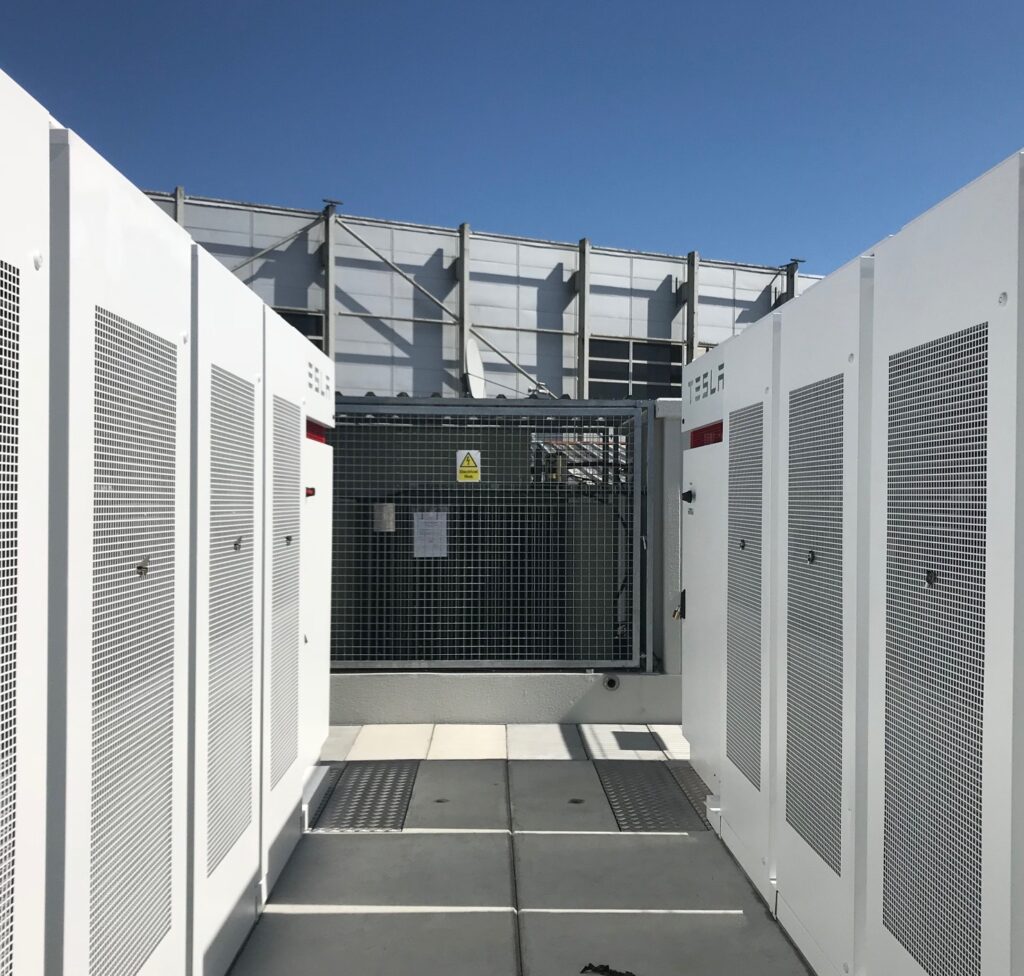The UK’s energy networks have made a “major step forward” to creating a net zero-ready energy system, agreeing to six common steps for flexibility procurement.
Having signed the landmark Flexibility Commitment late last year, the country’s distribution and transmission system operators have today unveiled precisely how flexibility services are to be procured, detailing six common steps that networks companies have agreed to follow.
They are, in detail;
Champion a level playing field
The networks have said market neutrality is a “fundamental principle” of operating the country’s infrastructure, and flexibility is to be procured in such a way that a level playing field for all technologies and services is maintained at all times. Convergence and standardisation is to be provided and facilitated by the networks to support this.
Ensure visibility and accessibility
There has also been a commitment to highlight exactly where and when opportunities arise for flexibility services, ensuring that barriers to entry are removed and that all customers can access multiple markets. The example given is allowing one project to enter both the national balancing services market as well as local flexibility services markets.
Conduct procurement in an open and transparent manner
Common methodologies are to be defined which all network operators will follow, and in any flexibility procurement process the decision making criteria is to be full and transparent, ultimately falling under one guiding principle that all decisions must be the most cost-effective for the consumer.
Provide clarity on the dispatch of services
A “fair and clear approach” to the actual dispatch of flexibility services will be the next step, including any decision making criteria which underpins the dispatch of services.
Provide regular, consistent and transparent reporting
This is to be followed by regular, consistent and transparent monitoring and reporting, which the ENA said is necessary to giving the public confidence that services are being procured properly and achieving what they profess to do. These reports will include all decisions and reasoning.
Work together towards whole energy system outcomes
Crucially, all the country’s networks have committed to working closely to facilitate more coordinated and efficient arrangements to the benefit of households and businesses. This includes activities relating to the decarbonisation of heat and transport, as well as power, with work being expanded into other sectors.
Flexibility services could be a market worth up to £8 billion a year to consumers by 2030, as new technologies and providers help stave off the need for costly infrastructure upgrades.
David Smith, chief executive at the Energy Networks Association which has facilitated the agreement, said that the government’s commitment to a 2050 net zero target for the British economy had made it more important than ever to “get the fundamentals of our new energy system right”.
“Expanding local energy markets will bring big economic and environmental benefits, and continue to deliver the world class energy system we rely on every day. These steps further highlight the networks’ commitment to finding innovative, customer-led market solutions to decarbonise the grid and drive down costs.
“Boosting grid capacity will see more energy from cleaner sources. These steps will lay the foundations of an Internet of Energy that maximises the potential of new smart technologies, for the benefit of all,” he said.
The country’s distribution networks have already begun opening up to flexibility procurement, with a handful already using Piclo’s online platform to tender for flexibilities.
Scottish and Southern Electricity Networks has also bolstered its own commitment with a technology neutral methodology, which it published in April.





